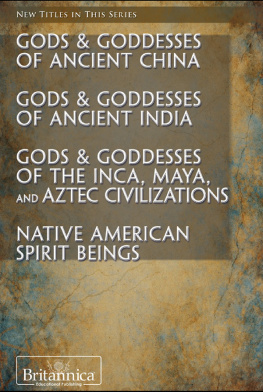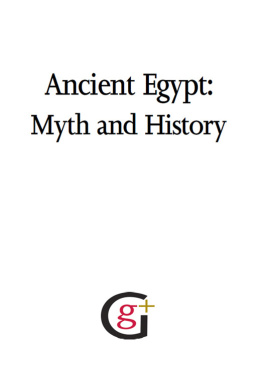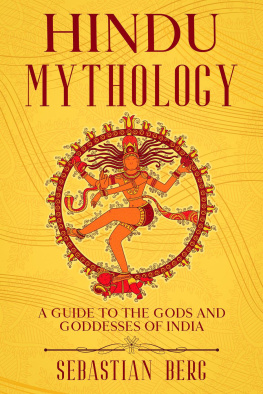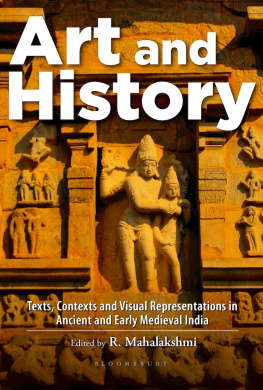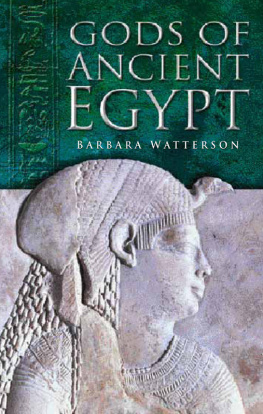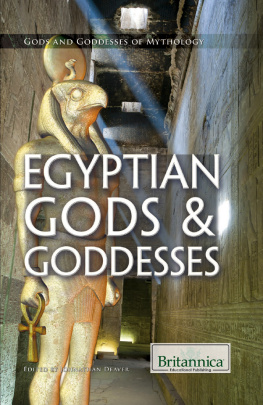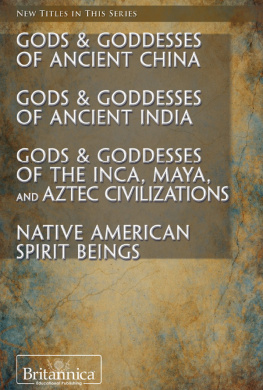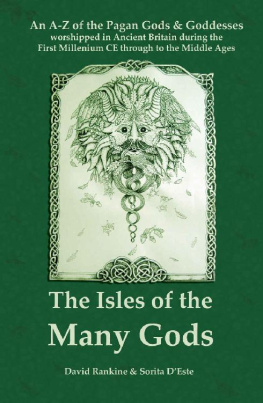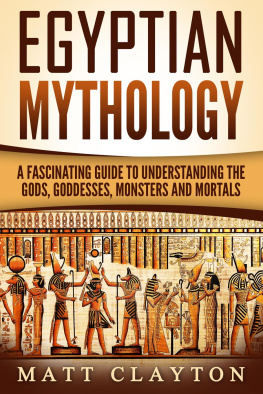

Published in 2015 by Britannica Educational Publishing (a trademark of Encyclopdia Britannica, Inc.) in association with The Rosen Publishing Group, Inc.
29 East 21st Street, New York, NY 10010
Copyright 2015 by Encyclopdia Britannica, Inc. Britannica, Encyclopdia Britannica, and the Thistle logo are registered trademarks of Encyclopdia Britannica, Inc. All rights reserved.
Rosen Publishing materials copyright 2015 The Rosen Publishing Group, Inc. All rights reserved
Distributed exclusively by Rosen Publishing.
To see additional Britannica Educational Publishing titles, go to http://www.rosenpublishing.com
First Edition
Britannica Educational Publishing
J. E. Luebering: Director, Core Reference Group
Anthony L. Green: Editor, Comptons by Britannica
Rosen Publishing
Hope Lourie Killcoyne: Executive Editor
Tammy Laser: Editor
Nelson S: Art Director
Brian Garvey: Designer
Cindy Reiman: Photography Manager
Marty Levick: Photo Research
Cataloging-in-Publication Data
Laser, Tammyauthor.
Gods & goddesses of ancient India/edited by Tammy Laser, first edition.
pages cm.(Gods and goddesses of mythology)
Includes bibliographic references and index.
ISBN 978-1-62275-391-8 (eBook)
1. Hindu mythologyJuvenile literature. 2. GodsJuvenile literature. 3. GoddessesJuvenile literature. I. Laser, Tammy. II. Title.
BL1111.32 L37 2015
294.5--d23
On the cover: Krishna, the eighth incarnation of the Indian God Vishnu, appears on the cover. Krishna is often depicted as a youth playing the flute, and the roles he plays range from trickster and lover to divine hero and supreme being. iStockphoto.com/Muralinath
Interior pages graphic iStockphoto.com/jcrosemann
CONTENTS
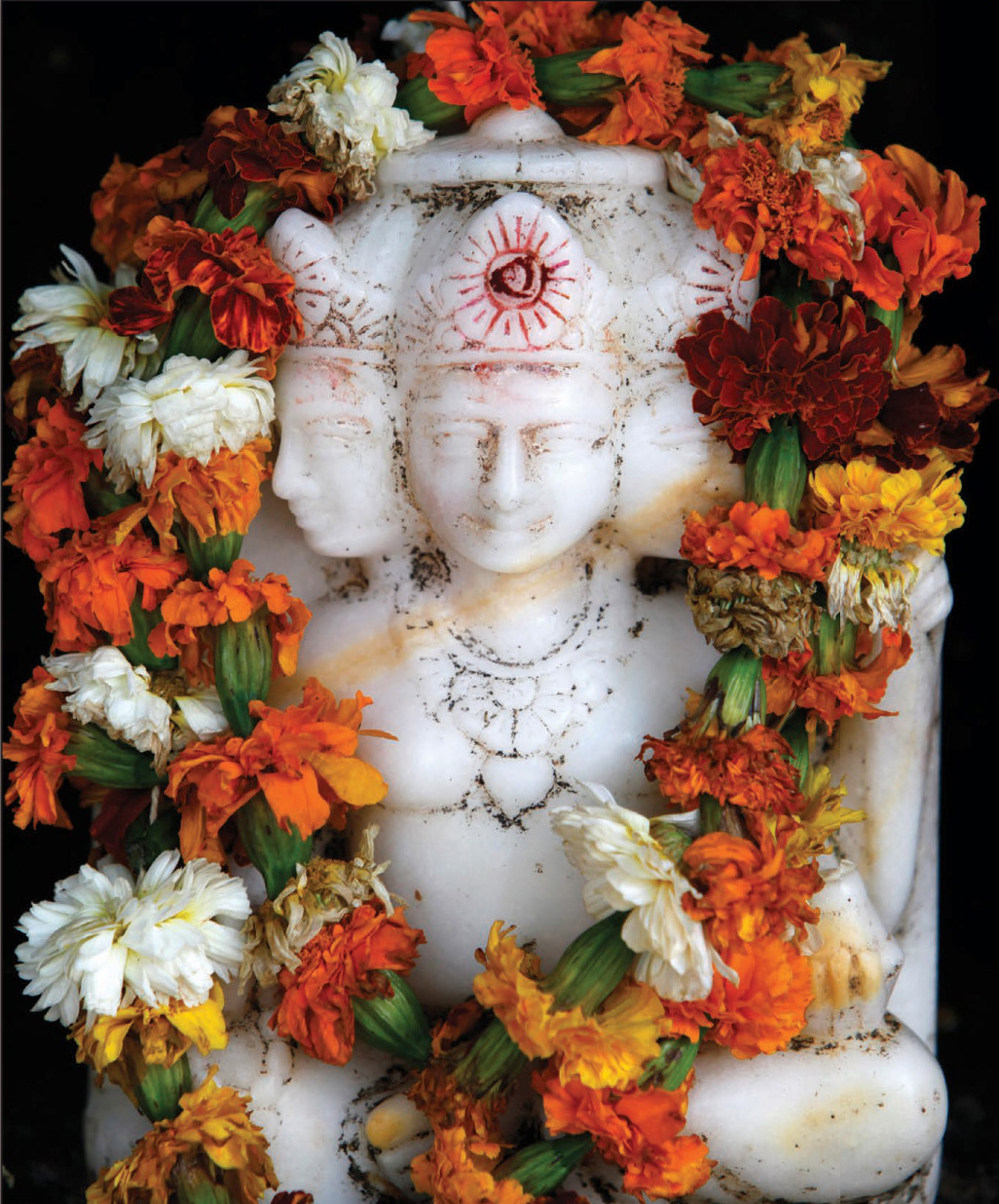
This statue represents the god Brahma. Many representations of Brahma show him having four heads. He is credited with creating the human race. Godong/Universal Images Group/Getty Images
A ccording to the epic Mahabharata, there are 33,333 Hindu deities. In other sources that number is multiplied a thousandfold. Usually, however, the gods are referred to as the Thirty-Three.
The tendency toward pantheism increased in Puranic Hinduism and led to a kind of theism that exalted several supreme gods who were not prominently represented in the Vedic corpus, while many of the Vedic gods disappeared or were greatly diminished in stature. New patterns became apparent: the notion of rita, the basis of the conception of cosmic order, was reshaped into that of dharma, or the religious-social tasks and obligations of humans in society that maintain order in the universe. There also was a broader vision of the universe and the place of divinity.
Important myths about the gods are tied to the two principal moments in the life of the cosmos: creation and destruction. Traditionally, Brahma is the creator, from whom the universe and the four Vedas emerge. The conception of time as almost endlessly repeating itself in kalpas detracts, however, from the uniqueness of the first creation, and Brahma becomes little more than a demiurge.
Far more attention is given to the destruction of the universe. Shiva, partly established as the agent of destruction, is in some respects a remote god; from the viewpoint of his devotees, however, he is very accessible. He represents untamed wildness; he is the lone hunter and dancer, the yogi (the accomplished practitioner of Yoga) withdrawn from society, and the ash-covered ascetic. The distinction represented by the gods is not that between good and evil but rather that between the two ways in which the divine manifests itself in this worldas both benevolent and fearful, both harmonious and disharmonious, and both transcendent and immanent.
South Indian devotionalism produced many works in Sanskrit that contributed greatly to Hindu myth; among them are several Puranas that have exerted influence on Hinduism and are in turn reflections of trends in Hinduism. The Bhagavata-purana (The Purana of the Devotees of the Lord [Vishnu]) was written in south India, probably in the first few centuries of the Common Era. It differs from the other Puranas in that it was planned as a unit and far greater care was taken with both metre and style. Its nearly 18,000 stanzas are divided into 12 books. The most popular part of the Bhagavata-purana is the description of the life of Krishna. Much emphasis is placed on the youth of Krishna: the threats against his life by the tyrant Kamsa, his flight and life among the cowherds at Gokula, and especially his adventures and pranks with the cowherd girls. The popularity of the text has led to the survival of many manuscripts, some beautifully illustrated. Much of medieval Indian painting and vernacular literature draws upon the Bhagavata-purana for its themes.
T he history of Hinduism in India can be traced to about 1500 BCE. Evidence of Hinduisms early antecedents is derived from archaeology, comparative philology, and comparative religion.
The earliest literary source for the history of Hinduism is the Rigveda, consisting of hymns that were composed chiefly during the last two or three centuries of the 2nd millennium BCE. The religious life reflected in this text is not that of contemporary Hinduism but of an earlier sacrificial religious system, referred to by scholars as Brahmanism or Vedism, which developed in India among Indo-European-speaking peoples. Scholars from the period of British colonial rule postulated that this branch of a related group of nomadic and seminomadic tribal peoples, originally inhabiting the steppe country of southern Russia and Central Asia, brought with them the horse and chariot and the Sanskrit language. These scholars further averred that other branches of these peoples penetrated into Europe, bringing with them the Indo-European languages that developed into the chief language groups now spoken there. These theories have been disputed, however, and the historical homeland of the Indo-Europeans continues to be a matter of academic and political controversy.
The Vedic people were in close contact with the ancestors of the Iranians, as evidenced by similarities between Sanskrit and the earliest surviving Iranian languages. Thus, the religion of the Rigveda contains elements from three strata: an element common to most of the Indo-European groups, an element held in common with the early Iranians, and an element appearing only in the Indian subcontinent. Hinduism arose from multiple sources and from the geniuses of individual reformers in all periods.

This Hindu shrine in Bangkok, called Erawan Shrine, celebrates the god Brahma, or Phra Phrom as he is known in Thailand. John S. Lander/LightRocket/Getty Images
Present-day Hinduism contains few direct survivals from its Indo-European heritage. Some of the elements of the Hindu wedding ceremony, notably the circumambulation of the sacred fire and the cult of the domestic fire itself, are rooted in the remote Indo-European past. The same is probably true of some aspects of the ancestor cult. The

